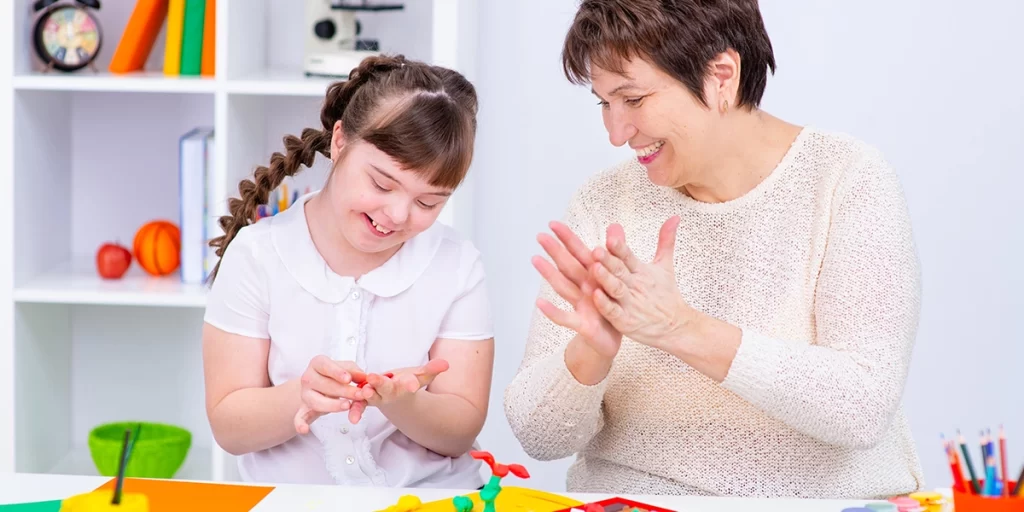Introduction
Grounding techniques are invaluable tools for managing stress, anxiety, and overwhelming emotions. By connecting individuals with their immediate surroundings, these techniques help foster a sense of stability and presence in the moment. In this article, we will explore various grounding techniques, their benefits, and how to effectively use them to enhance well-being.
Understanding Grounding Techniques
Grounding techniques are strategies that anchor individuals to the present moment, enabling them to shift their focus away from distressing thoughts, memories, or worries. These techniques draw attention to the here and now, providing a reliable way to manage emotions and maintain a sense of balance.
Benefits of Grounding Techniques
Reduced Anxiety: Grounding techniques alleviate anxiety by redirecting attention from future concerns to the immediate environment. This shift in focus promotes relaxation and a sense of safety.
Enhanced Emotional Regulation: These techniques help individuals regulate their emotions by offering a constructive way to manage overwhelming feelings and prevent emotional escalation.
Decreased Dissociation: For individuals experiencing dissociation, grounding techniques facilitate reconnection with reality, preventing feelings of detachment and disorientation.
Coping with Trauma Triggers: Grounding techniques are particularly effective for managing trauma triggers and intrusive thoughts, allowing individuals to stay grounded in the present rather than getting caught in distressing memories.
Common Grounding Techniques and How to Use Them
5-4-3-2-1 Technique:
- Identify five things you can see around you.
- Acknowledge four things you can touch or feel.
- Focus on three things you can hear in your environment.
- Notice two things you can smell.
- Recognize one thing you can taste.
How to Use: Engage your senses by observing and describing each sensory experience. This technique grounds you in the present moment and distracts from anxious or distressing thoughts.
Square Breathing:
- Inhale deeply for a count of four.
- Hold your breath for a count of four.
- Exhale slowly for a count of four.
- Pause for a count of four before inhaling again.
How to Use: Practice square breathing to regulate your breath and focus your attention. This technique calms the nervous system and promotes relaxation.
Grounding Objects:
- Hold a small object with texture, such as a stress ball or a textured stone.
- Pay attention to the object’s shape, temperature, and how it feels in your hand.
How to Use: This tangible connection to the present helps redirect your thoughts and soothes your senses.
Mindful Observation:
- Choose an object in your surroundings.
- Observe the object’s details, such as its colour, texture, and size.
How to Use: Mindful observation encourages active engagement with your environment, pulling your focus away from negative thoughts.
Grounding techniques are powerful tools that enable individuals to manage stress, anxiety, and other overwhelming emotions by anchoring themselves in the present moment. Through techniques like the 5-4-3-2-1 exercise, square breathing, grounding objects, and mindful observation, individuals can effectively navigate challenging moments and enhance their overall well-being. By incorporating these techniques into their daily routines, individuals can build resilience and experience greater emotional balance and stability.




